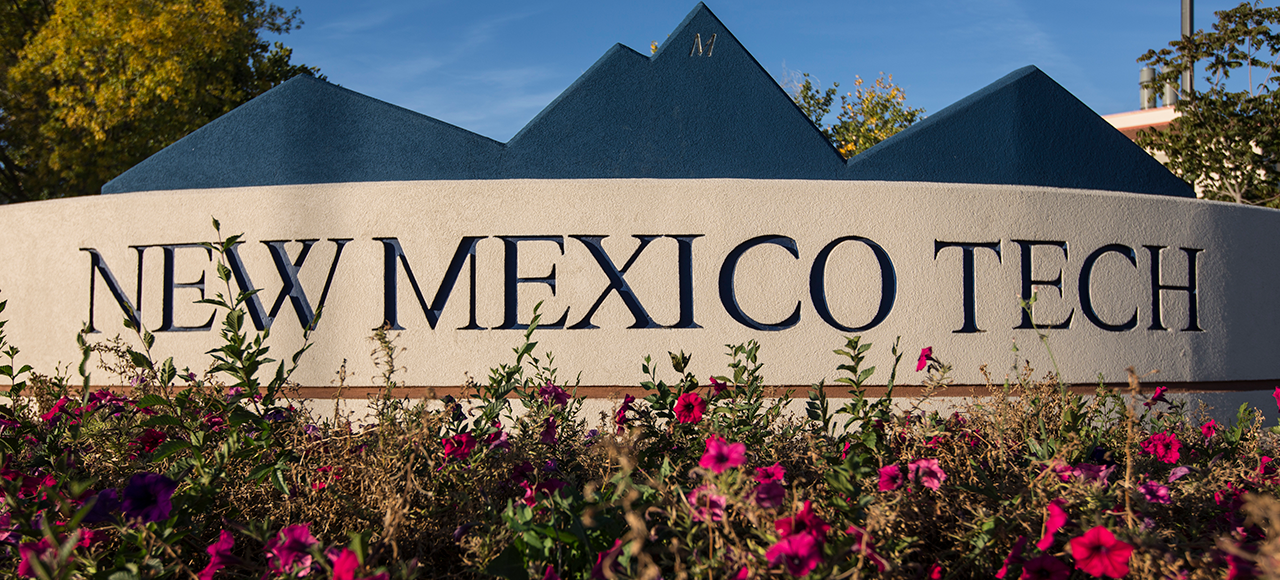
Faculty Research Areas
Rakhim Aitbayev
Many phenomena in sciences and engineering are described by partial differential equations
(PDEs). Exact solutions of most of real world problems are often very difficult or
impossible to obtain. Solutions to such problems can be approximated using numerical
methods. Numerical Methods for Solving PDEs is a vast area which deals with numerical
errors, computational stability, parallel algorithms, efficient computation, and solution
of challenging multi-physics problems. My research interests are in the following
areas of Numerical PDEs: orthogonal spline collocation method, iterative methods for
solving large sparse systems of equations, numerical solution of nonlinear elliptic
PDEs, numerical solution of non-self-adjoint or indefinite problems, and interface
problems.
Google Scholar Profile
Ivan Avramidi
I work on problems at the intersection of global analysis on manifolds, Riemannian
geometry and mathematical physics. The main part of my research is devoted to the
study of spectral asymptotics of elliptic partial differential operators on manifolds
via heat kernel methods and to the application of these methods to various problems
of spectral geometry, mathematical physics, quantum field theory, quantum gravity
and financial mathematics.
Google Scholar Profile
Brian Borchers
My research interests are in optimization and applications of optimization techniques
in inverse problems. In optimization my research has involved interior point methods
for linear and semi-definite programming with applications in integer programming.
The work on parameter estimation and inverse problems has involved optimization, statistics,
and Tikhonov regularization.
Google Scholar Profile
Gilberto Gonzalez-Parra
My main research interests are in the area of mathematical modeling. In particular,
I have been involved in the mathematical modeling of processes that emerge from life
sciences such as epidemics, diseases, social behaviors, viruses and cellular systems.
It is important to remark that, life sciences are expanding and the related topics
are increasing exponentially. The life sciences problems nowadays have become a huge
source of mathematical problems for different areas of mathematics. Thus, it has been
necessary to create interdisciplinary groups to solve the challenge problems that
arise. The main mathematical tools that I have been using for research are nonlinear
dynamical systems, differential equations, numerical methods, discrete mathematics,
probability, stochastic processes, scientific computing, and numerical analysis. In
particular I have applied these tools to study the dynamics of influenza, Chagas,
respiratory syncytial virus (RSV), Chikungunya, Toxoplasmosis, obesity, crime, rumors
and others.
Google Scholar Profile
Anwar Hossain
My research focuses mostly on diagnostic methods and their applications to reliability
and engineering models. These two areas are crucial within the statistical research
community, and are also favorable at technical institutions. In the past few years,
I have focused on other fields of statistics; the most attention has been given to
cover theory and applications of multivariate analysis, survival estimation, Bayesian
estimation, and reliability.
Google Scholar Profile
Bert Kerr
My research focuses on determining analytic solutions of Boundary Value Problems.
For example, the types of mixed BVP's which arise in analyzing the stress field in
the vicinity of a crack, or in the study of flow past an obstruction. I am currently
working with the Electrical and Microsystems modeling group at Sandia National Lab.
I work on solving BVP's, referred to as compact models. The development of compact
models that can simulate the excess carrier dynamics in undepleted semiconductor regions
are important for many applications, including photonic and power devices.
Google Scholar Profile
Oleg Makhnin
Modeling complex multidimensional data; in particular, spatial data. Precipitation
modeling. Geostatistics. Bioinformatics. Statistical consulting.
Google Scholar Profile
Saulo Orizaga
My research interests are in the area of applied and computational mathematics. My work often relies on the use of mathematical modeling to describe a physical problem of interest and the use of theoretical and numerical techniques to obtain deeper understanding of the problem and obtaining the solution. I have always been fascinated by interdisciplinary research studies which fosters my strongly held belief that the use of advanced mathematics should benefit other related fields of study. As an applied mathematician, I enjoy working with applied and computational problems of high interest in the scientific community and the general population. My research area and interests have links to three main active computational projects: phase field modeling, electrically driven jets, and blood flow modeling. I am also interested in designing better teaching strategies for under-represented groups.
W.D. Stone
My research interests are Mathematical Biology and Mathematical Modeling. Recently
I have been increasingly working with modeling of Fluids. In the past few years I
have had students working on modeling of glaciers, size-structured populations, age-distribution
of groundwater, resonances in the plasmosphere, and other areas of modeling.
Google Scholar Profile
Bixiang Wang
My research is centered at partial differential equations and dynamical systems along
with their applications. I am particularly interested in the infinite-dimensional
dynamical systems generated by deterministic and stochastic PDEs defined in bounded
or unbounded domains. My current work has involved random attractors, invariant manifolds,
random periodic solutions and random almost periodic solutions for equations driven
simultaneously by deterministic and stochastic forcing.
Google Scholar Profile
Mingji Zhang
My research interests are dynamical systems, nonlinear partial differential equations
and their applications. Currently, I focus on the application of Geometric Singular
Perturbation Theory to Poisson-Nernst-Planck (PNP) models for ionic flows through
membrane channels. For the PNP problem, together with bifurcation analysis and numerical
simulations, I mainly focus on (i) the current-voltage (I-V) relations, of particular
interest are the effect on I-V relations from finite sizes, ion valences, small permanent
charges and channel geometry including random perturbation; and (ii) multiple solutions
of the PNP system and the corresponding stability problem.
Google Scholar Profile